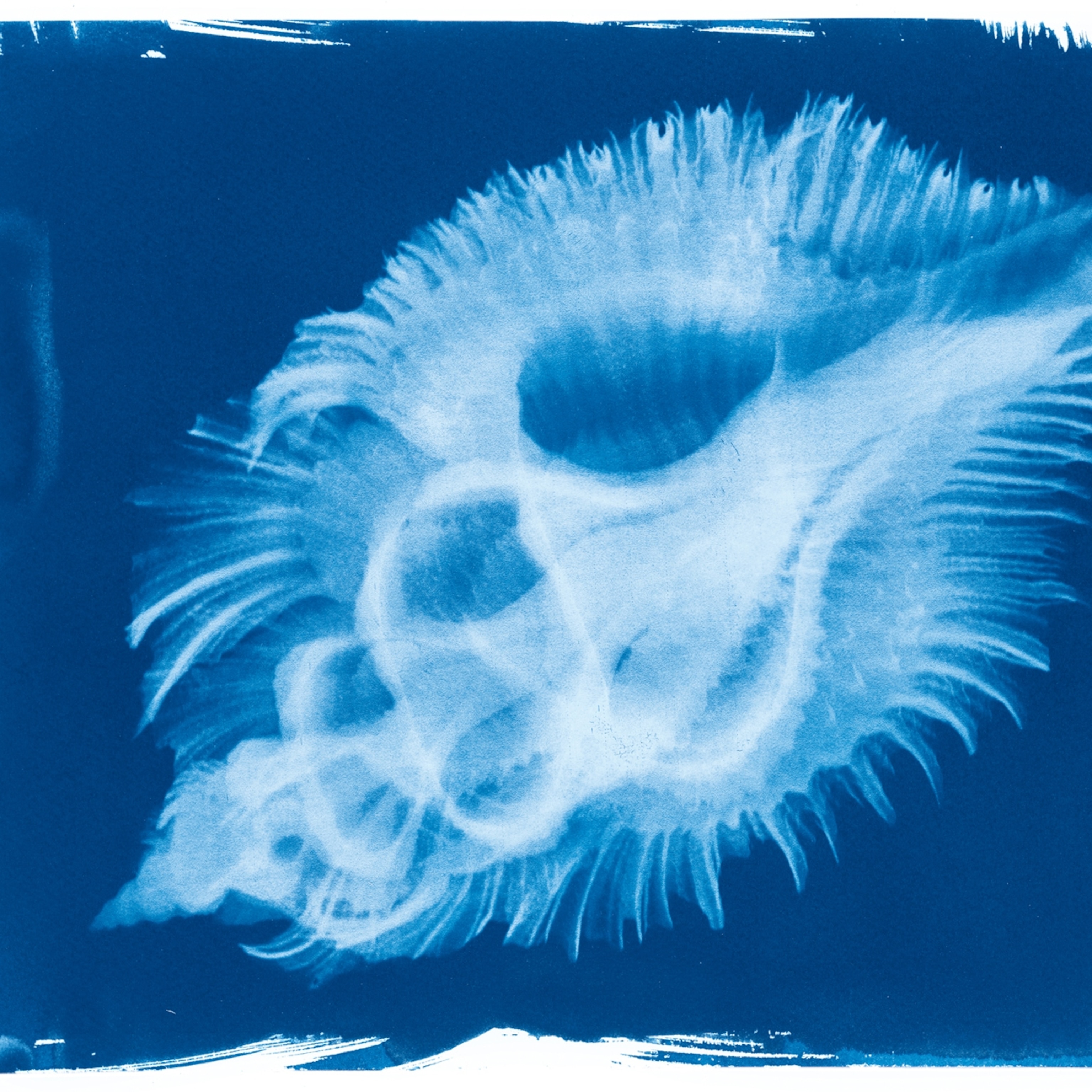
The Physics Behind Waterslides
A lot of science goes into providing a safe trip down.
At the top of the Summit Plummet waterslide at Walt Disney World's Blizzard Beach in Orlando, Florida—which stands some 120 feet (37 meters) above the ground—thrill seekers have been known to turn back.
It's not hard to see why: The 12-story waterslide has one of the tallest and fastest drops in the world. Riders reach speeds of up to 60 miles (90 kilometers) per hour as they plummet down a free-fall slide with fake snowbanks on each side.
The Disney park is one of almost 2,000 water parks that have cropped up around the world in the past 30 years. The once-simple backyard pool accessories—remember those light blue, 6-foot-tall (2-meter-tall) slides?—now have hairpin curves, exhilarating loops, and drops that span multiple stories.
The waterslide even plays a starring role in the critically acclaimed summer movie The Way, Way Back, which opens this Friday. In the poignant coming-of-age story, 14-year-old Duncan (Liam James) escapes his complicated family life by working in a highly chlorinated summer water park, where he makes good friends and escapes his troubles by plummeting down slide after slide.
At National Geographic, we enjoy a good waterslide (who doesn't?) but were also wondering just how they work—and how water parks use basic physics and engineering concepts to keep their 85 million annual riders safe. So we turned to some experts: the people who design water parks rides, a physicist with three small children, and two 14-year-old twins who are self-described "water park enthusiasts." (Related: "Water Park, Peru.")
Okay, time to put on your bathing suit. It's about to be a wet—and bumpy—ride.
The Basics
Before we get into the nitty-gritty of how waterslides work, it's important to get a few terms straight.
The start tub is the place where riders sit on a tube or mat before making their way down the slide. Serpentine slides constantly change directions as they take riders around a series of sharp curves. Speed slides, on the other hand, plummet riders straight down a chute that delivers them to a pool. (Think log flume rides, without the log flume.)
You can think of a waterslide as being like a rollercoaster—only wet, and with no safety belt or track. The force of gravity gets riders from the top to the bottom. (Read: "Beyond Disney" in the March 2007 edition of National Geographic magazine.)
And the best types of rides are the ones where things are unexpected.
"And there are lots of turns," adds 14-year-old water park enthusiast Benn Calhoun. "As you go down around some of the bends, you think you're going to go over the edge, but you don't. And that's the best—when you think you're going to go over, but you don't."
There's a reason for that—and it can be explained by basic physics.
How Water Parks Work
"A water park is the same thing as any other system out there," points out Eric Martell, an associate professor of physics and astronomy at Millikin University. (He studies particle physics and quantum statistics by day, and takes his three young children to water parks on weekends.)
"You start out at the top of the waterslide at rest," he explains. "And then you have some forces acting on you which cause you to accelerate, which means a change in velocity."
He lists the forces acting on riders on a waterslide: gravity, of course, but also the friction between your body and the slide (or the tube you're on and the slide) and how the water interacts with the slide itself.
"Water acts as a lubricant between you and the slide," he says. "But it also pushes you along like a river. And everything that happens to you on a waterslide, it's because of the forces of gravity and friction and the force coming from the interactions between the water and the slide."
That's true for straight sections of a slide, but on a serpentine slide—which whips riders back and forth along curves—there's something else to keep in mind. It's called inertia, and it's the resistance your body has to changing its speed. In other words, each time you reach a curve on a serpentine slide, your body tries to keep going forward. (But if it did, you'd plunge over the edge of the slide.)
"That's why the waterslide has curved sides," says Martell. "Your inertia is trying to take you through the waterslide and out. But instead, you go up the sides of the slides. That's one of the things that has to be figured in—how people of all body types go up the slides."
What Goes Up Must Come Down
It's a question Rick Hunter has pondered for decades. Hunter is the president and CEO of ProSlide Technology, a company that's designed many of the world's biggest waterslides. For 30 years he's tested every kind of waterslide curve—from large loops to tight corners—and how the human body reacts to each one. (Video: "I Didn't Know That: Roller Coaster Testing.")
"I'm not going to take riders into a short-radius curve right away," he says, talking about a hypothetical new slide. "You want to start out with a bigger curve, because a curve with a longer radius is a smoother ride."
This makes sense if you think about it: Going around a smaller curve will not take as long as going around a bigger curve. So how does Hunter make sure the lightest riders and the heaviest riders stay safely on his slides?
He uses the water itself.
"I'm constantly thinking about the depth of water in every part of the ride," he says. "More water is a very good thing if you're trying to regulate different-size riders."
He explains that heavier riders won't go much faster than the speed of the water itself.
"They can't break through the deep water," he says. "But a lighter rider—that person will get flushed and get swept up by the water and they'll eventually reach the speed of the water."
That also makes sense in terms of what we know about physics, says Martell.
"We know from Galileo that all objects near the surface of the Earth accelerate downward at the same rate," he says. "But you also have to think about air resistance. That's why a bowling ball and a piece of paper don't fall at the same rate. You accelerate at a certain rate, but the force that's pulling you down depends on that number and your mass."
But what about tube rides?
With tubes, things are much easier, says Hunter, because there aren't different body types to worry about: "We get very consistent speeds among riders because we know exactly how the tube is going to act."
As for rides with steep drops instead of curves, heavier riders do go faster, he says.
But fear not.
"We don't worry because on those kinds of rides, we won't dispatch the next person until the last person is out of the ride," he says. "We have full knowledge that heavier riders will go faster."
That knowledge comes from advanced computer software that can mimic the effects of friction and mass on a waterslide. The computers ensure that riders are safe and evenly spaced and can account for changes in tube height or curve size. (This is vitally important: In the industry's earliest years, injuries were common and safety concerns were often overlooked. A trade journal called Splash noted this in 1990. "Paraplegic and quadriplegic injuries, which plagued the industry a few years ago, have been virtually eliminated," wrote Al Turner, the then-executive director of the World Waterpark Association.)
But the industry has improved, both in terms of spacing riders out and in creating the slides themselves.
"Safety is our number one concern. We're thinking about things like, 'Are you going to stay on the fiberglass tube?'" Hunter says. "It's really easy to do a computer model and look at curves and drops and forecast rider position and speed."
These are variables that don't necessarily cross the minds of Benn Calhoun and his brother Dylan. The two 14-year-olds have other things on their minds: namely, in the words of Dylan, that the parks are "simply a lot of fun."
He explains further: "It's a lot of fun because of the anticipation of what's going to happen at the top. As you go down, it becomes a little scary, but then it becomes fun again."
That's the entire point, says Hunter.
"I think the best rides are a combination," he says. "They're thrilling but short. You want ones with a circular part at the beginning, so you can enjoy the motion. And then you want a big splash at the end. We're always looking for the big splash."








